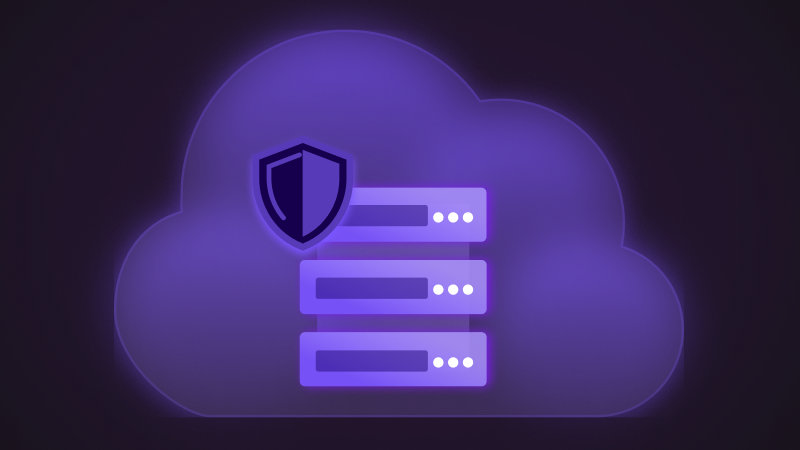Quantum computing poses a serious risk to cloud security. Despite confidence in encrypted dashboards, key vaults, and backup snapshots, most of these defenses can't withstand the capabilities quantum systems may bring, even against data already stored.
Let's walk through some blind spots most companies aren't planning for.
Quantum-Resistant Compliance Gaps Will Be Retroactive
A healthcare company encrypts patient records using strong standards. Five years pass, then quantum computers make today's encryption useless. The data is stolen, decrypted, and exposed. Who's to blame?
Regulators won't care that the breach happened in the future. They'll ask why you didn't prepare back when you had the chance. Only a few companies consider that cloud computing data security might soon be judged retroactively.
Finance, defense, and health sectors could be the first in line. Rules will tighten. And the questions won't just be "Did you encrypt?" but "Did you encrypt with a method that could withstand the future?"
Understand why quantum key encryption is essential with emerging threats.
So while many wait for someone else to act first, quantum-readiness becomes a matter of legal survival.
Stolen Metadata will be the Weakest Link
Now consider a breach that is not related to the files or databases, but the logs, timestamps, and API call histories. These details are easy to overlook but live inside every cloud environment.
Today's attackers might not do much with that data. But a quantum attacker could read it all in hours. They could use it to trace system behavior, spot patterns, and determine how your network works. They wouldn't need to break into your data because they'd watch you unlock it.
This is where data cloud security needs an upgrade. Metadata is the blueprint of your operations, and currently, no one is treating it like something worth protecting at the quantum level.
The current model assumes computing power is limited. But quantum changes that soon.
Quantum May Break Separation-of-Duty Models
Most cloud systems rely on trust by design. Encryption keys are split, wrapped, or stored across separate systems. This gives a sense of comfort because if no one has the full key, no one can misuse it.
However, this structure only works when attackers are stuck within today's limits. A quantum adversary with time and enough fragments could probabilistically reconstruct the full key, not by breaking encryption directly but by working around it.
Suddenly, your planned data security in the cloud computing framework doesn't hold. The separation of duty model, which handles everything from multi-tenant clouds to confidential workloads, becomes unreliable.
A security architecture built for scale and isolation can be cracked by one system that thinks in qubits instead of bits.
Archived Snapshots Will Be the First to Fall
Let's move to cold storage that includes snapshots, backups, and archives. They're rarely accessed, often ignored, and stored for years "just in case."
They're gold mines for quantum attackers. These archives carry old encryption, keys, and assumptions. A quantum attacker would start there, mining snapshots for dormant secrets, because they are ignored and are easily found.
Suddenly, your oldest data becomes your most dangerous. And your data security for cloud computing plan has to account for every snapshot you've ever taken, not just the data you use today.
A quick look on Why post quantum readiness is urgently needed
Test PQC Readiness
Quantum threats will take root with old data, weak keys, and forgotten logs. And by the time we realize it, the gap between "encrypted" and "secure" will already be wide open. Our decisions about what to store, how to protect it, and whether to recheck old systems will determine our future safety.Most cloud security plans were written for a world without quantum computers. But the future is showing up early. Are we already behind? Get a PQC data security assessment check with Fortanix.











